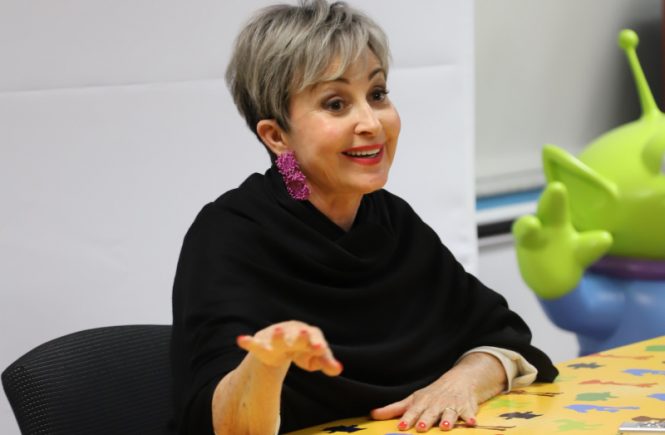
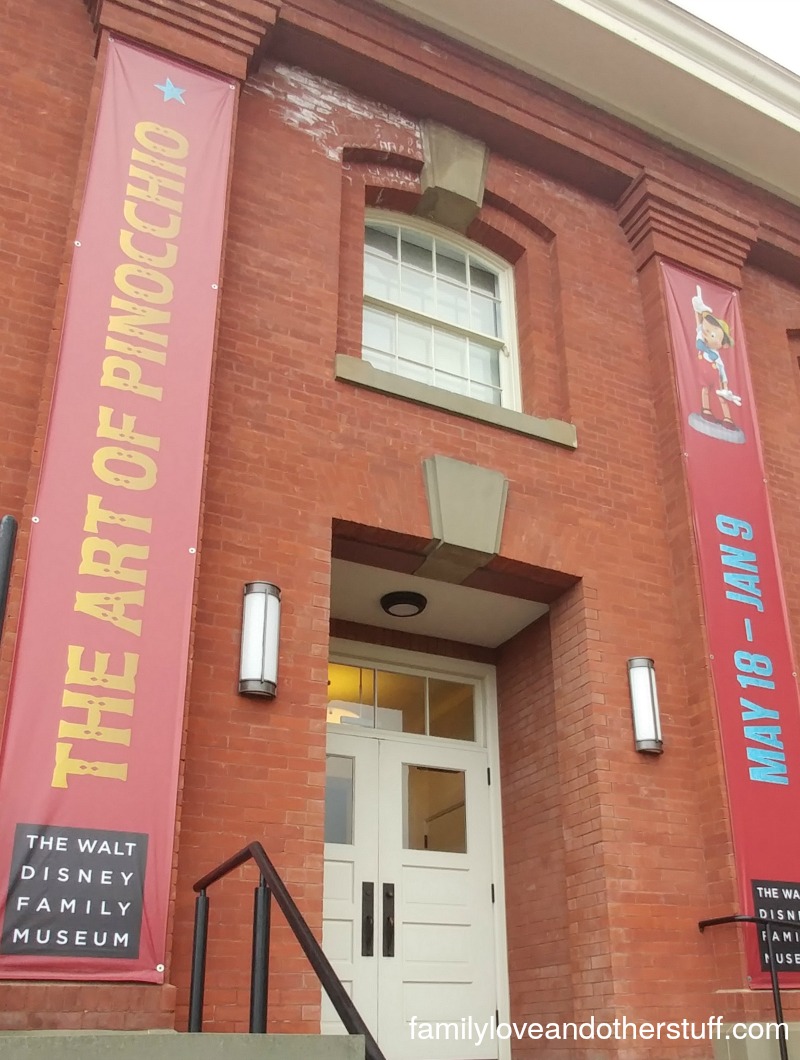
The Walt Disney Family Museum Presents
WISH UPON A STAR: THE ART OF PINOCCHIO
Comprehensive Exhibition Explores Walt Disney’s Groundbreaking Film Pinocchio
PINOCCHIO releases on Digital HD today and will be available on Blu-ray January 31, 2017
[Tweet “PINOCCHIO releases on Digital HD today and on Blu-ray January 31, 2017 #PinocchioBluray”]
The Wish Upon a Star: The Art of Pinocchio Exhibit was on view at the Walt Disney Family Museum from May 18, 2016 – January 9, 2017, and I was fortunate enough to take a tour while I was in San Francisco. I wasn’t able to take a camera inside the exhibit, but I do have some pictures from right outside the exhibit and a few photos provided directly from The Walt Disney Family Museum that I’d love to share with you.
What can I tell you about this Wish Upon a Star: The Art of Pinocchio Exhibit? It is absolutely stunning. We walked through the exhibit with a tour guide who explained the different room themes and what the pieces were, for example, we saw original pencil drawings with dates from the 1930’s from the artists and original models created and used as visuals when making the drawings.
This never-before-seen exhibition created by the museum allows visitors to discover the artistic process and step behind-the-scenes to explore how one of the most influential animated films in history was produced: Walt Disney’s 1940 feature-length masterpiece Pinocchio.

Guest-curated by John Canemaker
Guest-curated by John Canemaker—an Academy Award®, Emmy Award, and Peabody Award-winning independent animator, animation historian, teacher, and author—this immersive exhibition invites the visitor to experience the production processes of the pre-digital era, providing a glimpse into how legendary animators worked and thought. In addition to examining the phases of production, the exhibition reveals how this innovative classic built on the success of Snow White and the Seven Dwarfs (1937) to create a cinema masterpiece of unsurpassed quality. Pinocchio inspired advances in character development and three-dimensional design, and the exhibition allows guests to enjoy the art created by the animators and designers of The Walt Disney Studios to create the stunning work featured in the film.
With more than 300 objects—including original hand-drawn artwork, character model sheets, cels, maquettes, paintings, conceptual artwork, artifacts, flipbooks, and film clips—Wish Upon a Star showcases the intricate, labor-intensive processes of traditional hand-made animation as developed at the Studios. The story of Pinocchio’s creation is presented in six sections: story, design, production, art direction, character development, and animation.
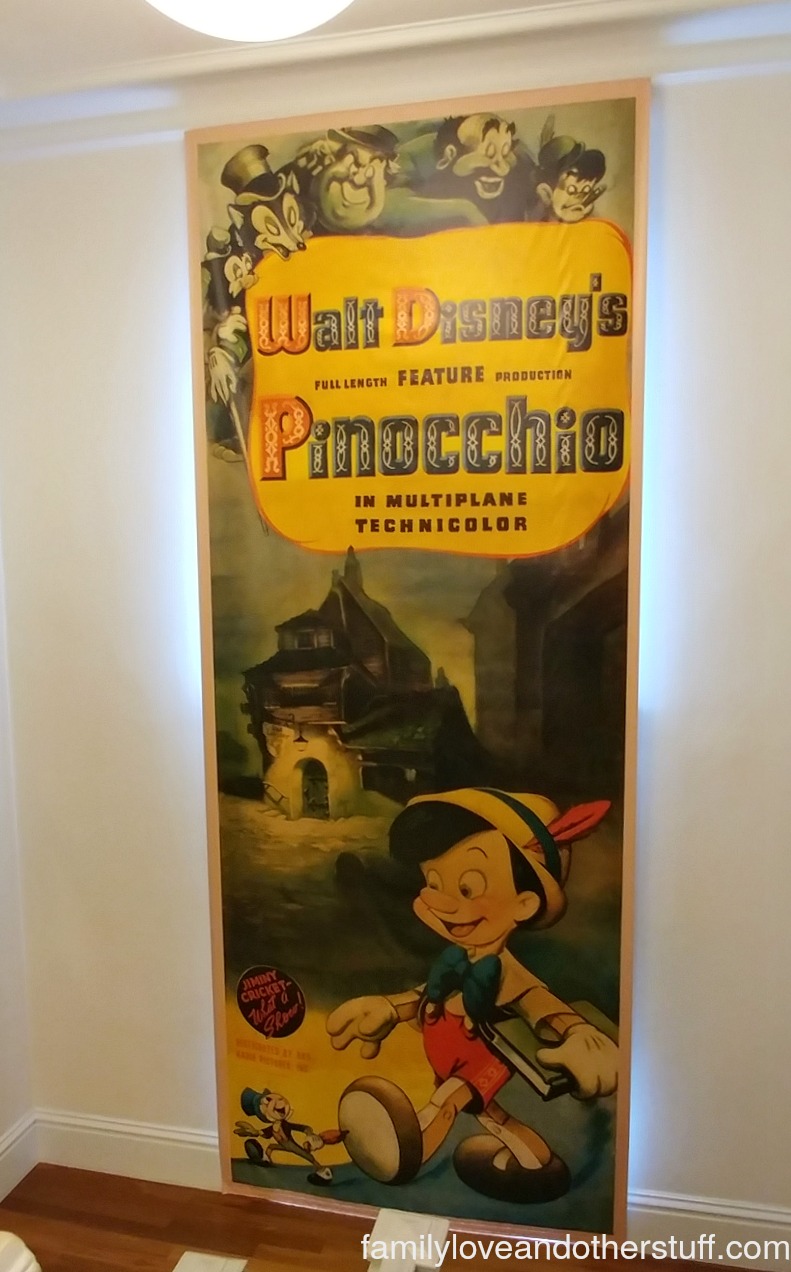
Pinocchio
Published as an illustrated serial in Italy, the original story of Pinocchio by Carlo Lorenzini, better known by his pen name Carlo Collodi, (1826–1890) presented Walt Disney with the challenge of adapting a rambling novella into a succinct story. In order to keep the film’s characters and narrative consistent, the artists relied on an improved method of storyboarding—a technique of pinning sketches to a corkboard in comic strip fashion—which became a method of storytelling that is used throughout the film industry to this day. Numerous sequential story sketches are displayed in the exhibition.
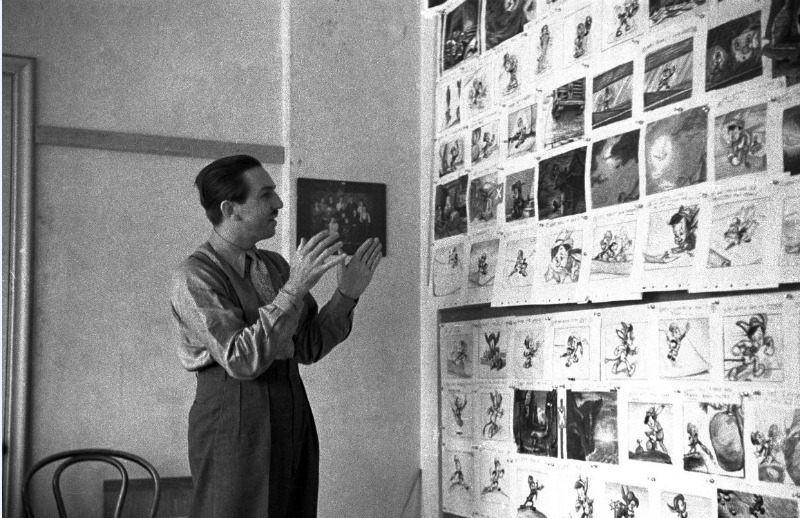
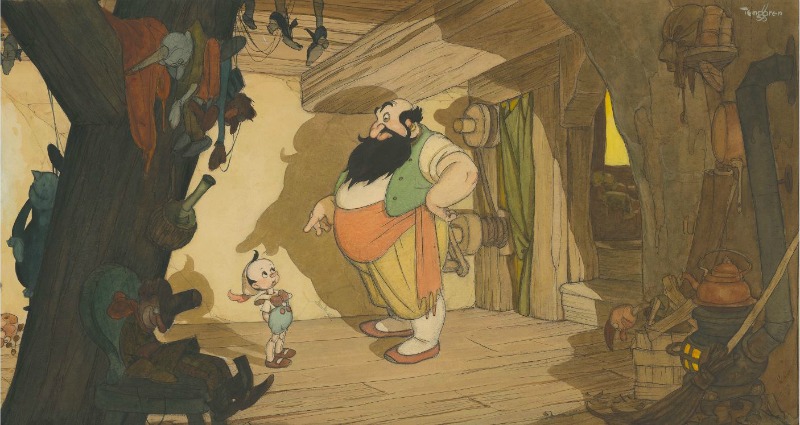
Also showcased is a model of a horizontal Multiplane Camera, another tool developed and perfected by The Walt Disney Studios in the 1930s. This innovative camera setup allows various planes in a scene—each painted on separate panes of glass—to be filmed simultaneously, creating a perception of depth previously unattainable in conventional 2D animation. During the creation of Pinocchio, this method was refined and used extensively in such memorable scenes as the “Hi-Diddle-Dee-Dee” sequence when Pinocchio is taken to Stromboli’s Caravan.
In addition to the presentation of these tangible innovations and mechanical and photographic visual effects, the exhibition also takes a closer look at the settings, color, mood, character relationships, and style of this remarkable film, which has dazzled audiences for over 75 years.
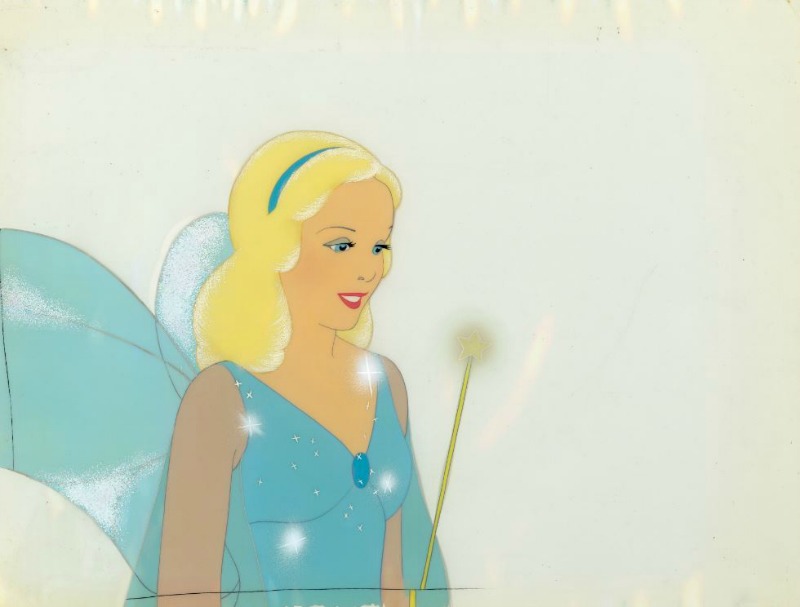
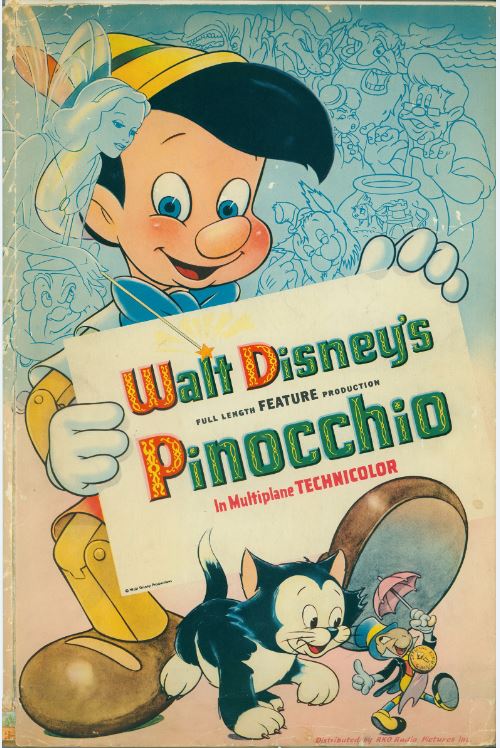
About the Film
From the mid-1930s to the mid-1940s, The Walt Disney Studios created five cinematic classics that explored new possibilities and redefined the art of animation: Snow White and the Seven Dwarfs (1937), Pinocchio (1940), Fantasia (1940), Dumbo (1941), and Bambi (1942). Produced at the end of the Depression in the late-1930s, Pinocchio brilliantly deployed state-of-the-art hand-crafted drawings and various technical breakthroughs—such as the Multiplane Camera—to tell an epic story. Touted by many as the crowning achievement of the extraordinary Golden Age of Walt Disney’s early studio, this groundbreaking film pioneered cutting-edge animation
Wish Upon a Star: The Art of Pinocchio and sound technologies and firmly established a blueprint for Disney filmmaking that remains intact today. It became the first animated feature film to win a competitive Academy Award®—in fact it won two—and is now considered one of the finest films ever made.
About the Curator
John Canemaker is an Academy Award®, Emmy Award, and Peabody Award-winning animation director and designer; his twenty-eight-minute film The Moon and the Son: An Imagined Conversation, won the 2005 Oscar® for Best Animated Short. More than twenty of his films—and their original art—are in the permanent collection of The Museum of Modern Art in New York. In addition to being a tenured professor and the director of the animation program at New York University’s Tisch School of the Arts, Canemaker has authored twelve books on animation history. His publications include Winsor McCay: His Life and Art, Walt Disney’s Nine Old Men and the Art of Animation, as well as the Walt Disney Family Foundation Press publications MAGIC, COLOR, FLAIR: the world of Mary Blair and The Lost Notebook: Herman Schultheis and the Secrets of Walt Disney’s Movie Magic. Wish Upon a Star: The Art of Pinocchio is the third exhibition Canemaker has curated for The Walt Disney Family Museum.
About the Museum
The Walt Disney Family Museum presents the fascinating story and achievements of Walt Disney, the man who raised animation to the level of fine art, transformed the film industry, tirelessly pursued innovation, and created a global yet distinctively American legacy. Opened in October 2009, the 40,000 square foot facility features the newest technology along with a vast collection of historic materials and artifacts to bring Disney’s achievements to life, myriad interactive galleries presenting early drawings and animation, movies, music, listening stations, a spectacular model of Disneyland and much more.
The Walt Disney Family Museum has created many world-class exhibitions, such as Disney and Dalí: Architects of the Imagination; MAGIC, COLOR, FLAIR: the world of Mary Blair; and Water to Paper, Paint to Sky: The Art of Tyrus Wong, several of which have traveled to other museums around the world. Wish Upon a Star: The Art of Pinocchio is the fifteenth exhibition originated by the museum since 2012.
What an incredible, once in a lifetime experience to walk through the Wish Upon a Star: The Art of Pinocchio exhibit. It was such a pleasure to be able to see these pieces of artwork and how it all came together to create this historic film, Pinocchio.
Website |Facebook | Twitter & Instagram: @wdfmuseum


